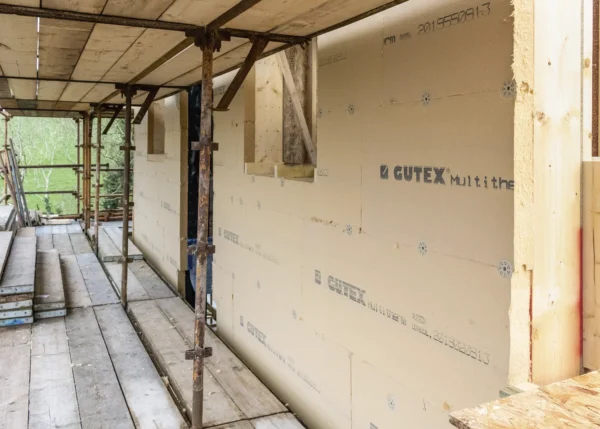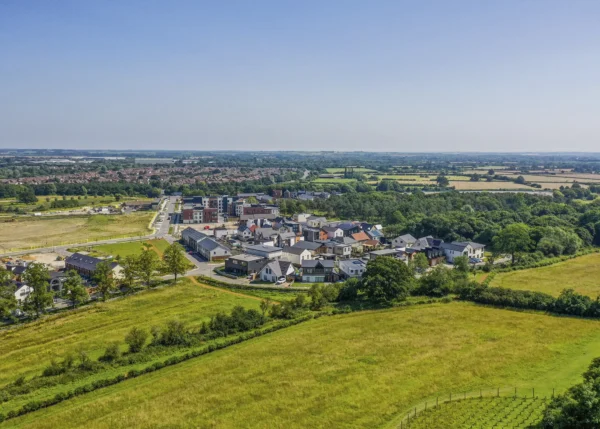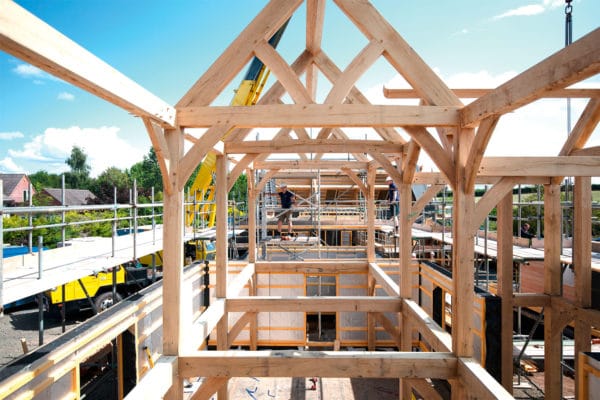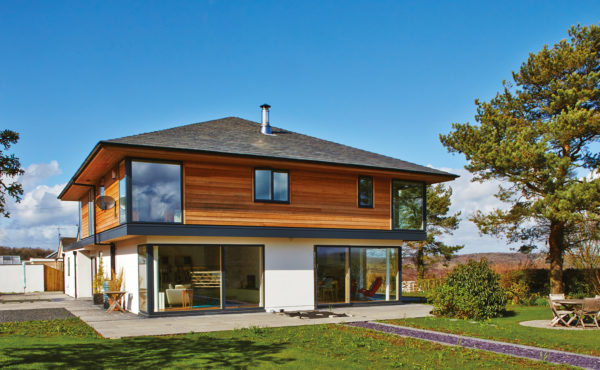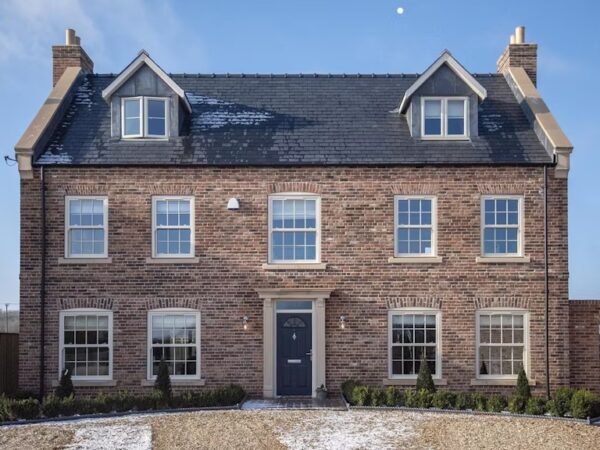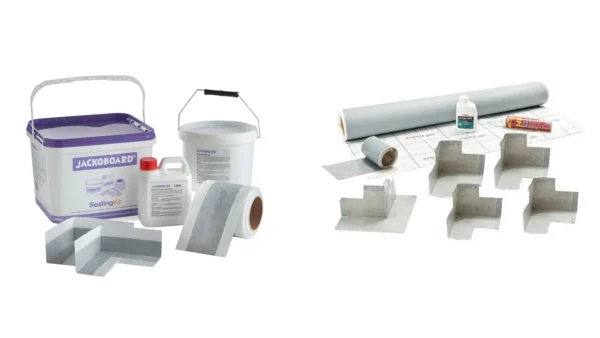Building the Home of the Future
The seriousness of the coronavirus pandemic cannot be overstated. But put thoughts of the virus aside for a moment, and the UK’s recent lockdown – with its limitations on how often we can go out – has caused us all to spend a lot more time at home and reflect on the houses we live in.
Learn more – Coronavirus: Can I Continue My Home Building Project on Lockdown?
For those of us lucky enough to have self built, the deprivation of our normal freedoms is somewhat eased by the fact we’re in homes crafted around our individual needs and how we want to live. For others, the abundance of time they find themselves with will have exaggerated the frictions of trying to marry up round lives with a square peg of a home.
I dearly hope the pandemic eases swiftly, but based on the assumption that its impact continues, the economic outlook for developers of standard houses is bleak. Self build, on the other hand, will flourish – fuelled by our ambitions for individually designed homes that suit our unique lives and offer a safe, pleasurable place to be.
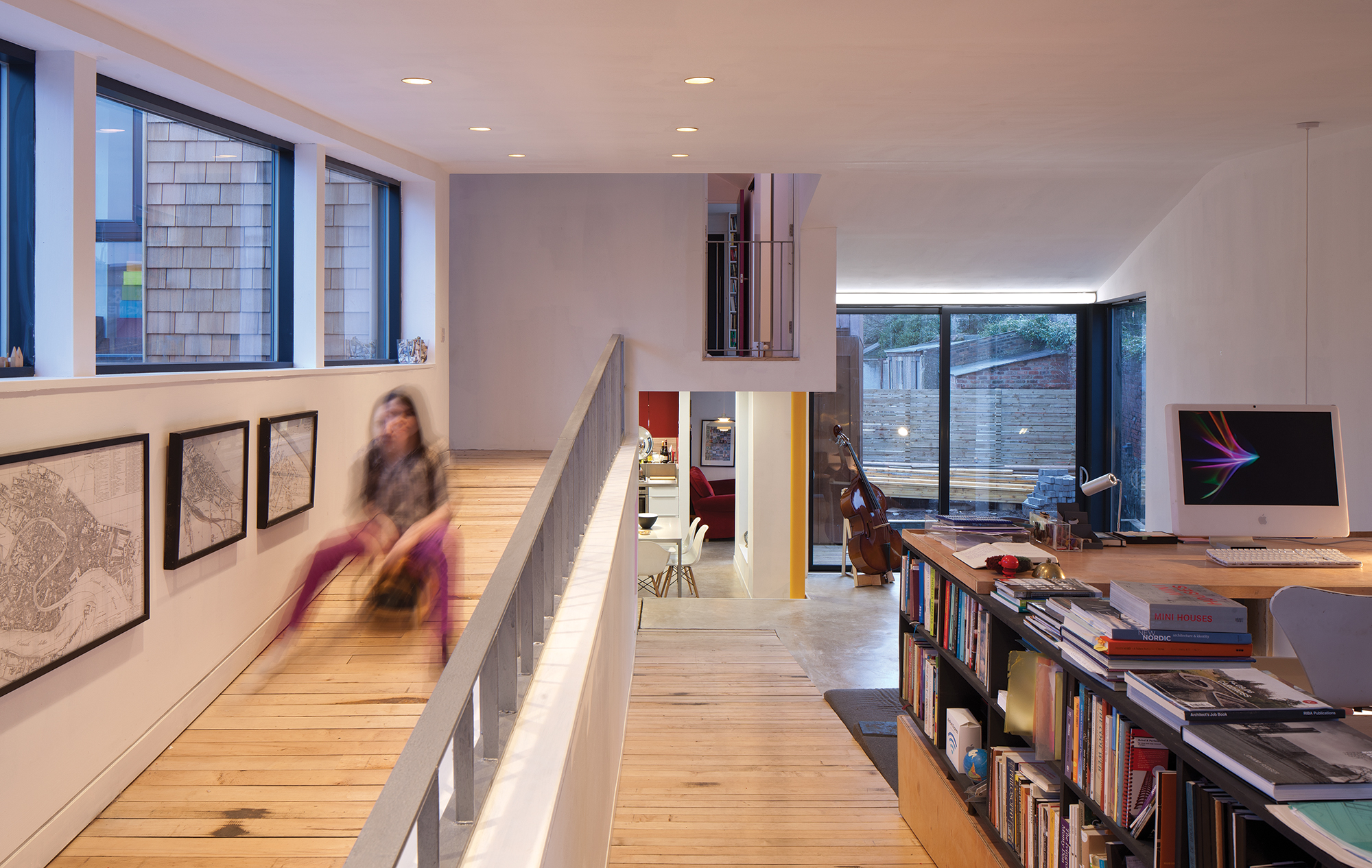
Learn how this couple designed a future-proof accessible house for their family to use for years to come
The experience of lockdown, where our homes have once again become our castles, will challenge the populist view that the suitability (and value) of a house is measured simply by the number of bedrooms. Family living, coupled with a need for both social spaces and private rooms, will cement our desire for multifunctional yet segregated interiors. For most of us, working from home on the corner of the dining room table while sharing our wifi with Netflix has become a reality.
Self build gives you the flexibility to incorporate dedicated workspaces that can be serviced with reliable hardwired networking, along with the perfect bookcase backdrop essential for virtual meetings.
The more time we spend at home, the more important our houses’ performance will be. High quality internal environments that are energy efficient, don’t overheat but are still flooded with natural daylight will be essential as we look to combat the increased utility bills that come with home working.
Unfortunately, perfection is rarely permanent. Building your own home gets you most of the way there, but designing in adaptability and future proofing is essential. Self building sets itself apart from other routes to home ownership in this regard, as it enables you to incorporate provisions that allow your house to evolve as you and your family ebb through the cycles of life.
Given all of this, you can see why building predetermined boxes, designed to optimise developer profits and perfectly fit sales particulars, fails to cut the mustard. If coronavirus has taught us anything about how we live, the quality of our homes is now more important than ever.
Our individuality as people means the houses we build must be equally as individual if
we’re to enjoy the seclusion and protection a good home should provide. In my view, the only way to achieve this is to design and build your own home. The future is self building.
| Mark Stevenson has 30 years’ experience as a construction professional and is managing director at Potton, where he helps self builders create their dream homes. He is a serial self builder and provides regular masterclasses via Potton’s Self Build Academy. Explore more from Potton |
Main Image: Potton
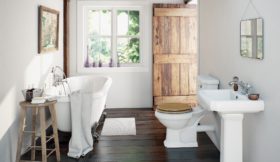
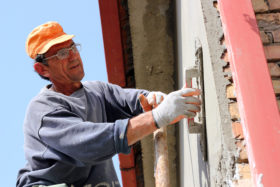


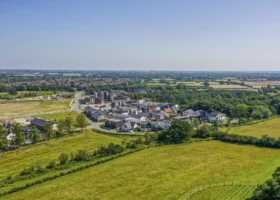
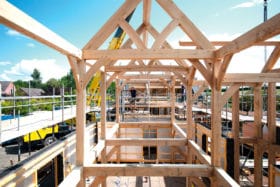














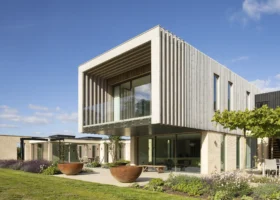
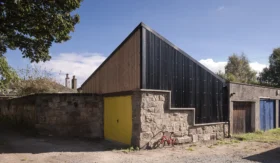
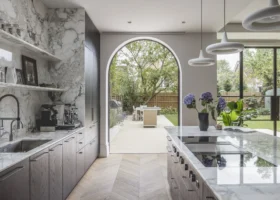
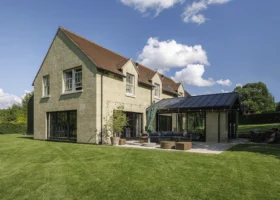
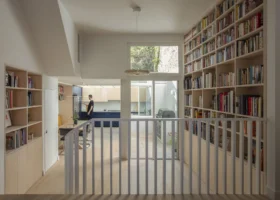
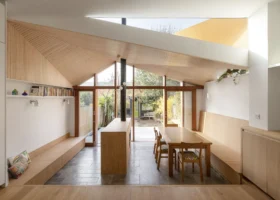











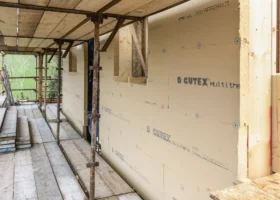
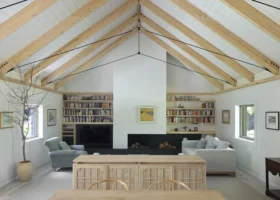
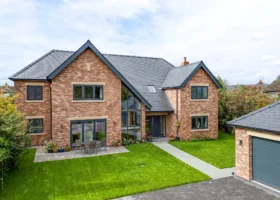
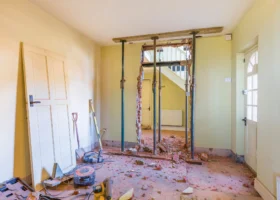

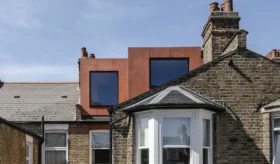

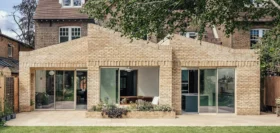







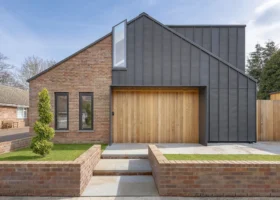
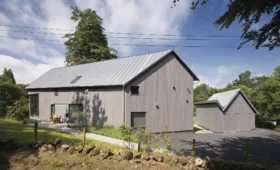










































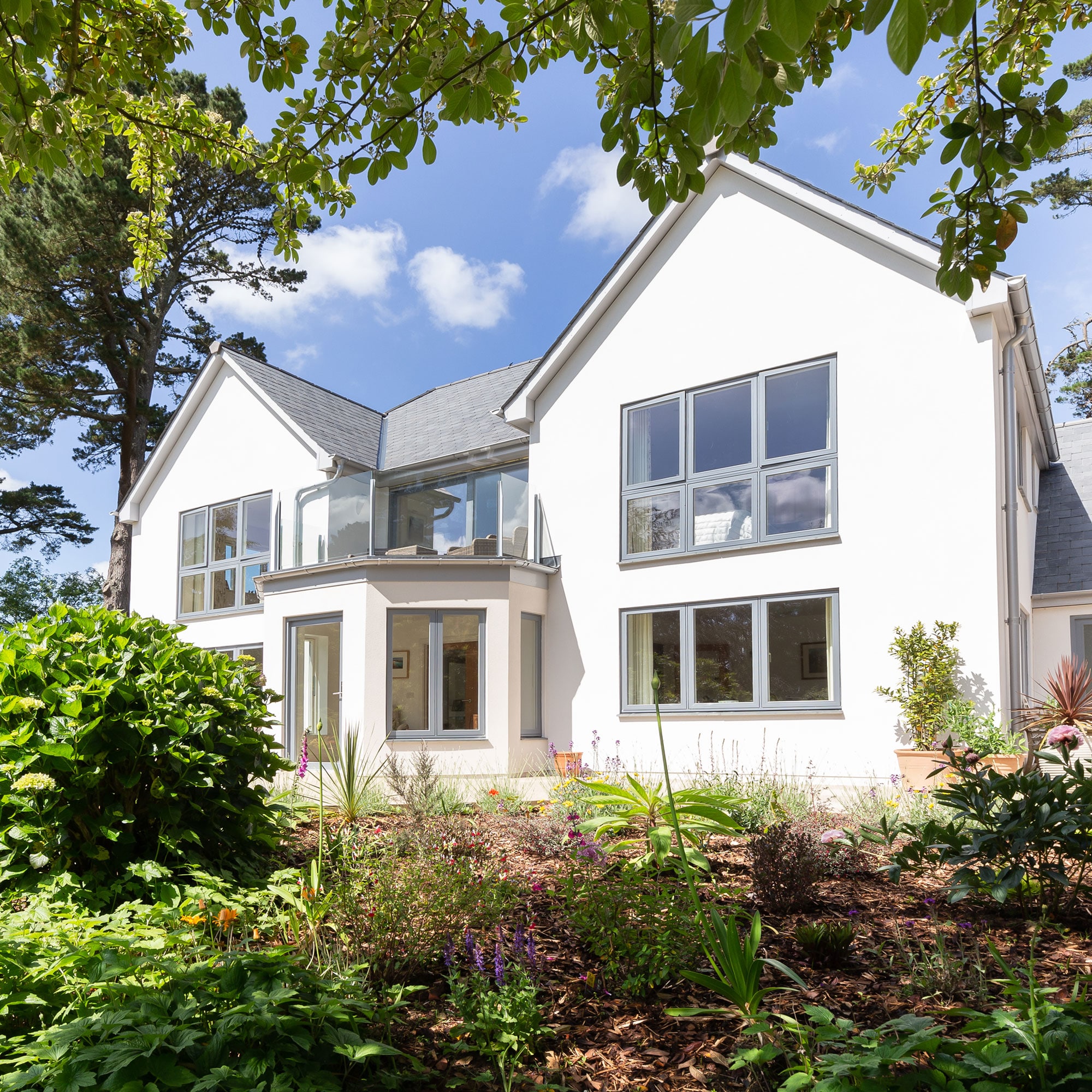
 Login/register to save Article for later
Login/register to save Article for later

